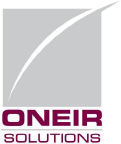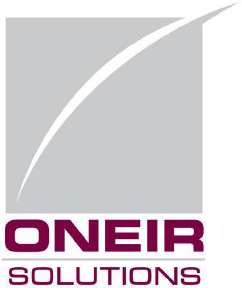NEW YORK — With a growing number of manufacturers, machine shops, tool and die makers and contractors in the Delaware Valley around Philadelphia requiring metal parts, business is good for Metal Stock Inc., a small-quantity metal supplier.
Most metal vendors and distributors in the region consolidated service centers and catered mostly to those buying large volumes. In contrast, Philadelphia- based Metal Stock kept its focus on smaller buyers who need fast, efficient service and a wide selection.
Its business has boomed so much so that in 2004 president Ken Bell ended his company’s 10-year relationship with a franchiser and set the metal supplier on an independent course.
By fall 2005, both Bell and his controller, Corinne Wightman, knew that to handle the company’s swelling sales volume profitably they needed enterprise resource planning (ERP) software with more power and capacity to manage key business functions through one shared information database.
They called in computer consultant Harry Van Steenacker, president of Palmyra, N.J.-based VS Info Systems. “They had been reliably using Vigilant Solutions for 10 years, but it was no longer big enough for them,” he said. “Their sales and staff had grown so much they were constantly filling up their accounting files, having to purge them and losing much of their sales history. I helped them make the move to Oneir Solutions (Inc., a Queenston, Ontario-based provider of ERP software).”
The ERP software system, implemented three years ago, had a familiar look and feel but provided sales order taking and invoicing for phone orders and over-the- counter sales; purchase order and inventory management for material requirements planning; and customer relationship management and accounts receivable, accounts payable and general ledger for financial control.
The Oneir ERP software is downloaded with a Linux operating system ready to install on either a Windows or a Linux server, supplying not only a solid foundation for applications running on the server but also making it relatively easy to integrate new software with legacy applications.
“Linux is basically communications software that works beautifully with Windows terminal services, which allows Metal Stock to manage Oneir Solutions alongside all its Windows-based applications very comfortably,” Van Steenacker said.
Metal Stock changed to the new ERP software over a weekend to keep business interruption to a minimum. “We shut down on Saturday and opened up again on Monday morning,” Wightman said. “Everything was working. I was very impressed with the smoothness of the transition.”
The migration also meant no more disruptive shutdowns for Metal Stock. “Before, I had to remove paid invoices and purchase orders from our storage files,” Wightman said. “With our growth, every three months or so I had to shut down in midafternoon because the system was full. With Oneir Solutions, I haven’t had to shut down at all.”
Nor has there been much of a time-consuming learning curve for Metal Stock staff. “It is such an easy system to use because it’s not complicated,” Wightman said. “I had set aside a lot of hours to train each of our six salesmen on the new system, but I ended up spending about half an hour doing it.”
Wightman credited not only Van Steenacker’s careful planning for the ease of transition but also direct help from Oneir Solutions technical support staff. “They went through all our records with me to see if they were all ready for conversion,” Wightman said. “We spotted a few things so we fixed them. With Oneir Solutions, everything came over and I didn’t have to recustomize anything.”
For Bell, the smooth transition to the Linux-based ERP software meant he could get on quickly with growing the company. Already one of the biggest small- quantity metal suppliers in North America with more than 2,000 customers and several thousand items stocked in and sold from its 37,500-square-foot facility, the company is ready for expansion.
“Oneir Solutions has opened up our bottom line,” Bell said. “It’s extremely reliable and can do sophisticated reporting. The sales analysis reports, for example, show us what percentage of our sales is coming from which customers, and how that is changing from year to year. So we can make plans for growth based on some hard facts.”


